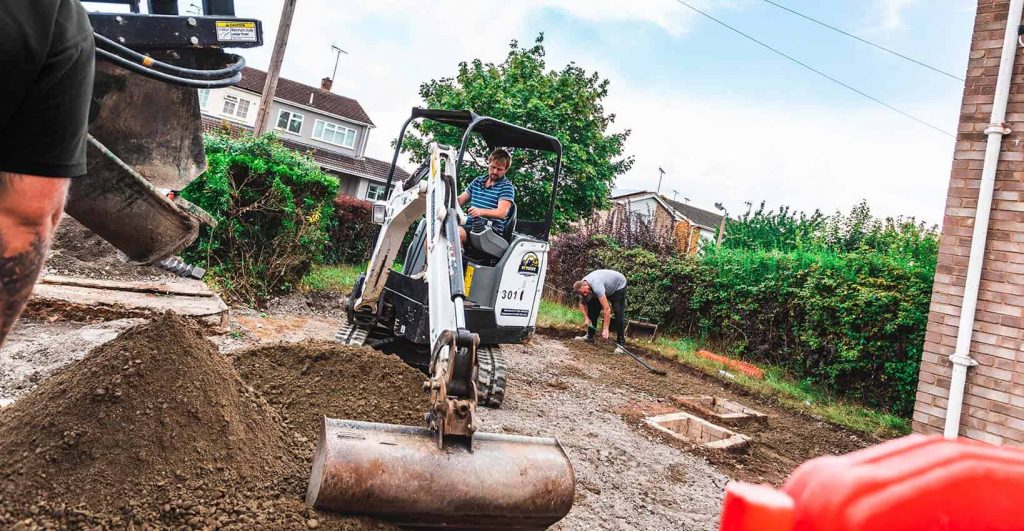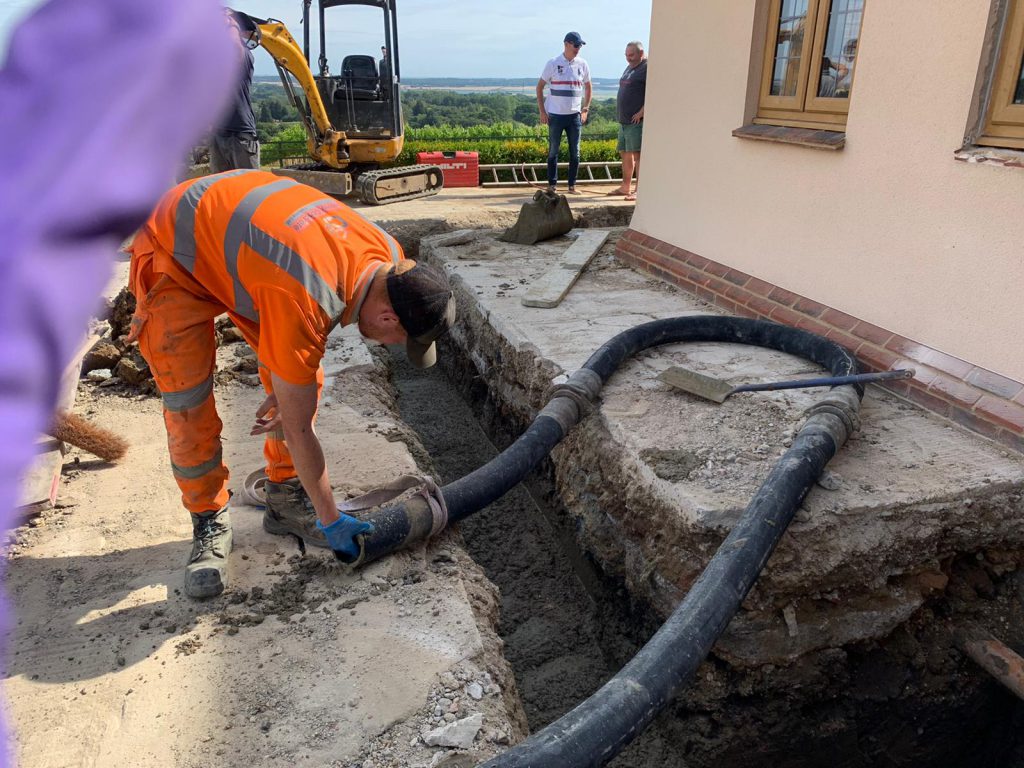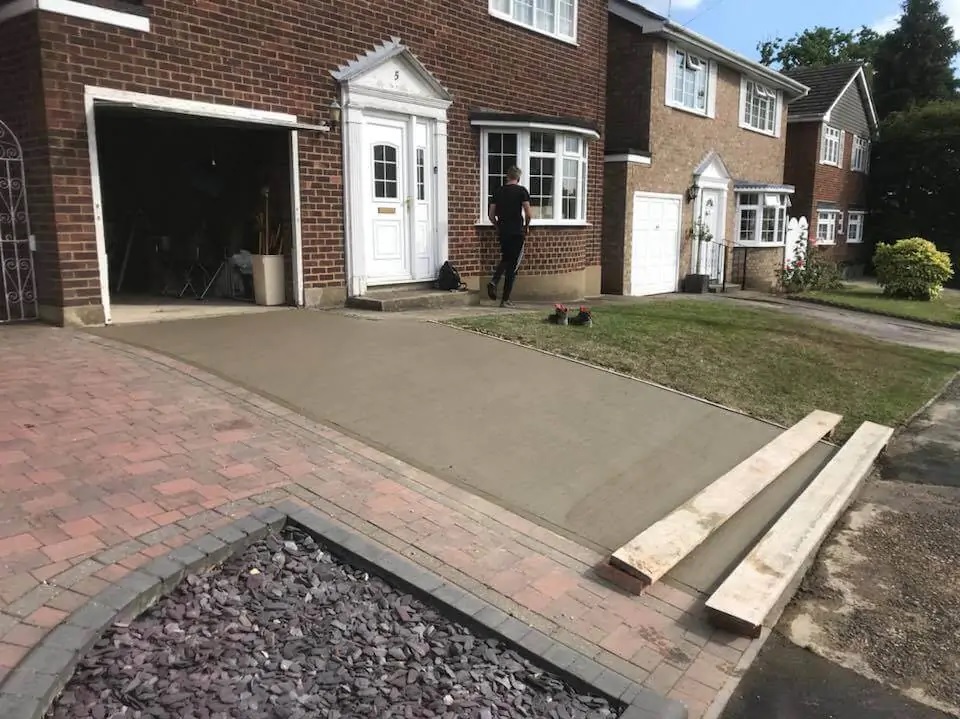Renovations That Don’t Need Planning Permission
Over the last few years, the government has been endeavouring to reduce the amount of red tape that is used to stop homeowners and developers from improving and extending their properties.
As a result, more home improvement and construction projects than ever can be completed under permitted development rights (PDR), thus avoiding the delays and money needed to get planning permission.

However, it’s important that you know what you can and can’t do under PDR, because if you go ahead under the expectation that your project will be covered, you might get a nasty shock if it later turns out that it wasn’t. That shock could include having to tear everything down and restoring the land to its previous state.
Here are a few projects that are usually covered by PDR and so unlikely to need planning permission, but do remember that it’s worth checking with your local authority before starting work to be on the safe side. This is particularly the case if you live in a listed property or in a conservation area, where there will be much tighter restrictions on what you can and can’t do. And regardless of whether planning permission is needed, in most cases you will still need Building Regulations approval.
Loft extensions
Most loft extensions and conversions can be completed under PDR, but there are a few caveats to this. Firstly, the new living space should not exceed 40 cubic metres in the case of a terraced house, or 50 cubic metres for a detached or semi-detached property. If you’re extending out, you will need planning permission if it extends beyond the highest part of the existing roof or the existing roof slope on the principal elevation (usually the front of the house).
A straightforward conversion will nearly always be covered by PDR, but be sure to consider any potential impact on your neighbours.
Garage conversions
If you want to use a garage for more than general storage, then the good news is that you can nearly always convert it – into an office, a home gym or even an extra bedroom – without having to seek planning permission. Again, there are exceptions – for example, if you want to convert it into self-contained accommodation (such as a granny flat) or you’ve previously made other conversions at the property under PDR.
You can even build a new garage under PDR, but there are even more restrictions, such as the size of the floor space (no more than 15m2 for a freestanding garage or 30m2 for one that’s attached) and the height (no more than four metres).
Home extensions
Even major projects like a full extension can often be done without needing planning permission. However, the dimensions and position of your project may affect whether you can go ahead under PDR. For instance, the extension should not cover more than 50% of the land surrounding the house. It should also not exceed half the width of the original property (if a side extension) or extend more than six metres (for a semi-detached house) or eight metres (for a detached house) to the rear.

All the above relates specifically to single-storey extensions – the rules surrounding double-storey extensions are greater. Finally, the proximity of your extension to your neighbours is also likely to affect whether planning permission is required.
In all cases, getting expert advice first is strongly recommended.
Conservatories and garden rooms
These essentially follow the same rules as any other extension, so as long as you’re not thinking too big or planning on getting too close to the neighbours, you should be okay to go ahead without planning permission.
Driveways
Most existing houses will be able to have a driveway installed without planning permission, including if you want to convert your front garden. There are size restrictions in that the area should be no greater than five square metres, although even then you can still bypass planning permission by making sure you lay a porous surface – such as shingle or gravel – and ensuring that rainwater can drain naturally by being directed towards a flower bed or lawn.

You will also need planning permission for a new or extended driveway if you need to drop the pavement to enable access.
Whatever the nature of your next home improvement, Neil Sullivan & Sons can help with the tools you need to get it done, from ready-mix concrete and a range of aggregates to mini excavators and diggers.
You can order your supplies via our online store now with fast delivery or collection available on all our concrete and aggregates, including building sand, granite and even a choice of 10mm and 20mm shingle to add the perfect finishing touch to your landscaping or driveway project.
Contact us to find out more or place your order online now.